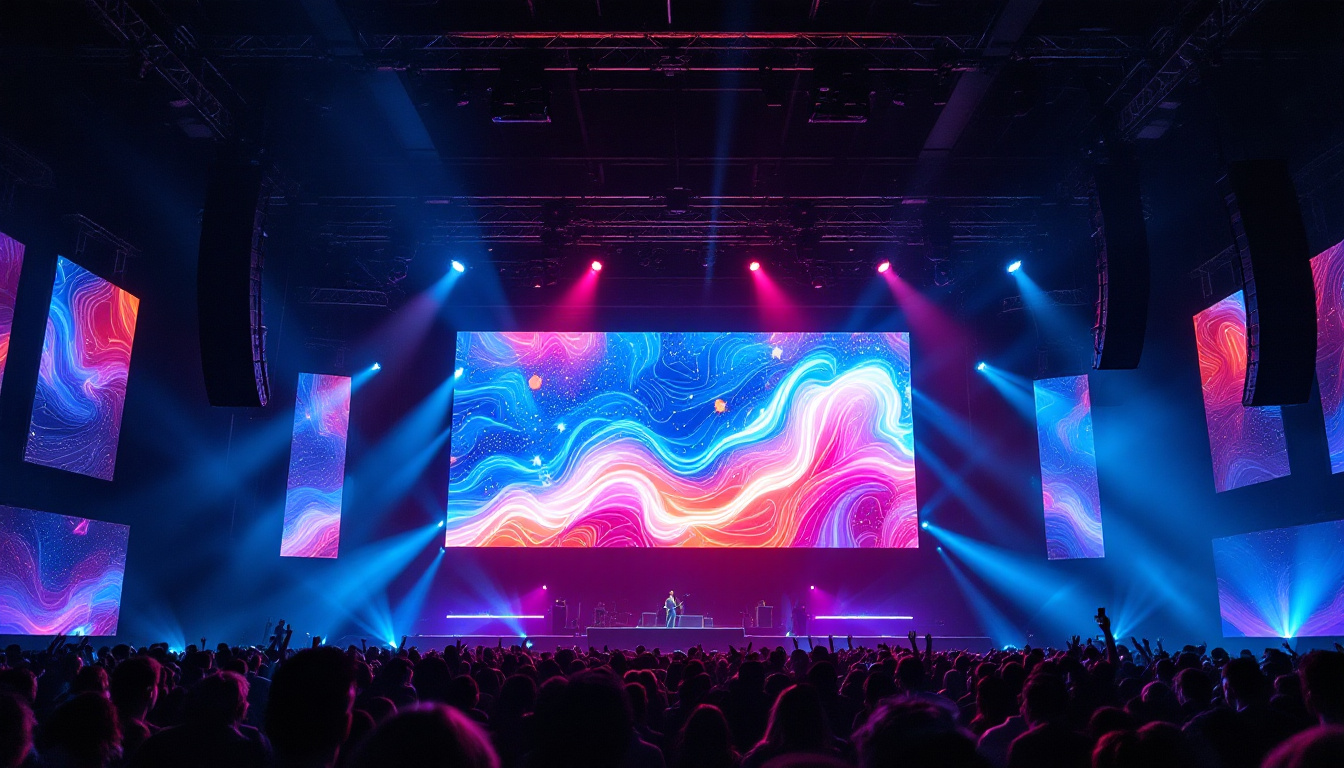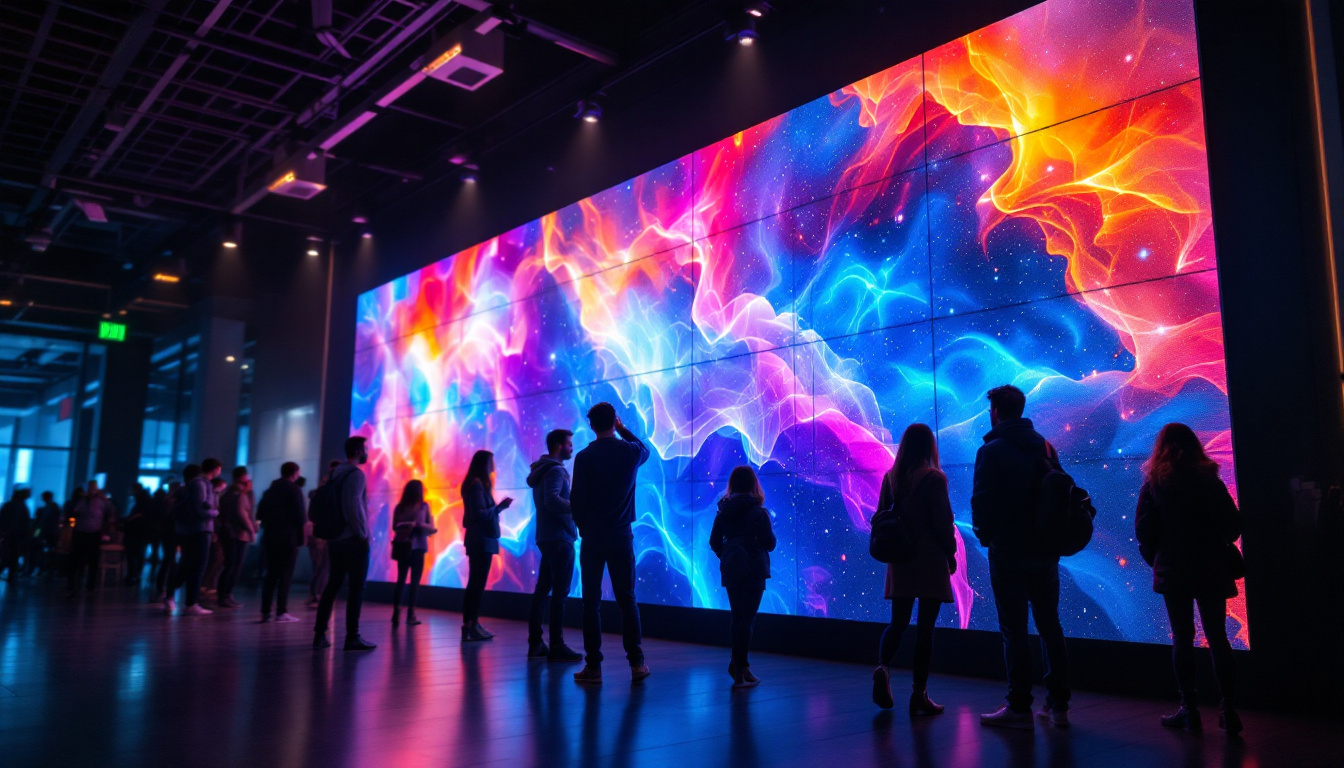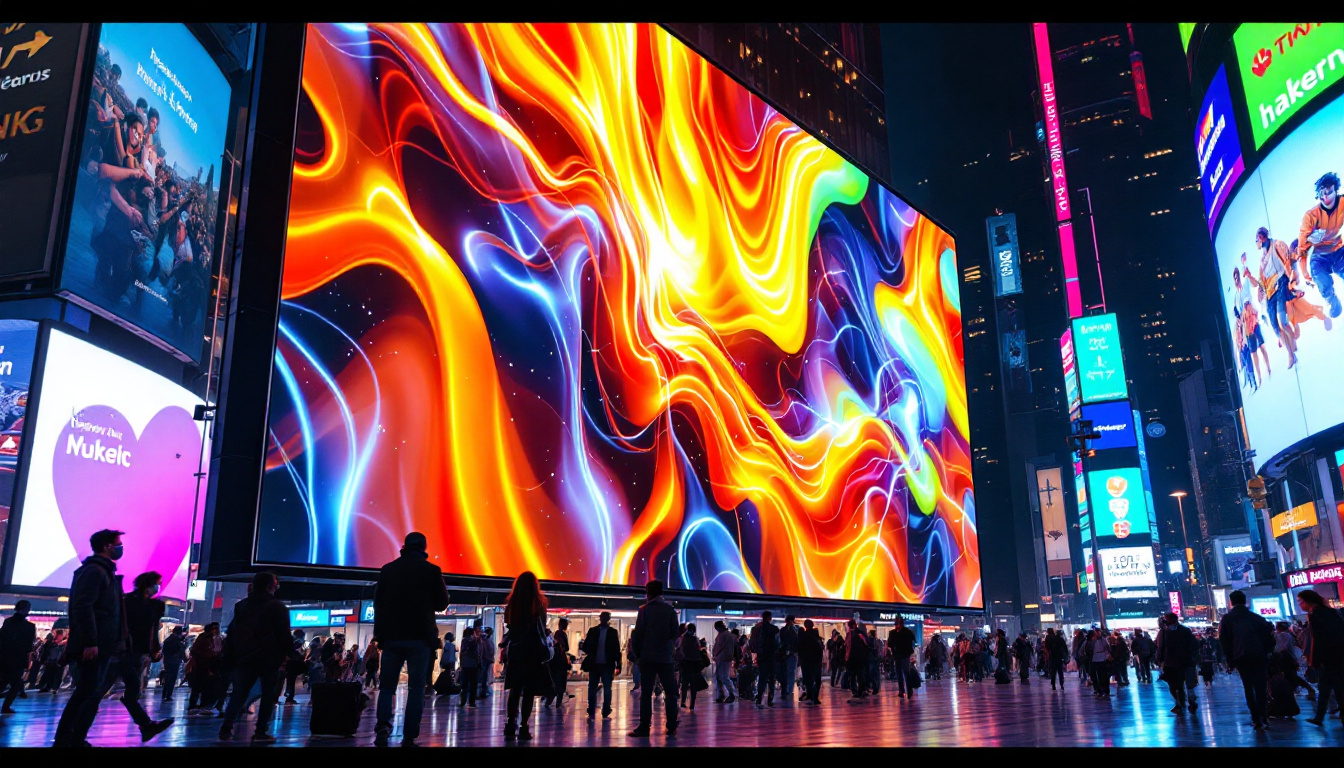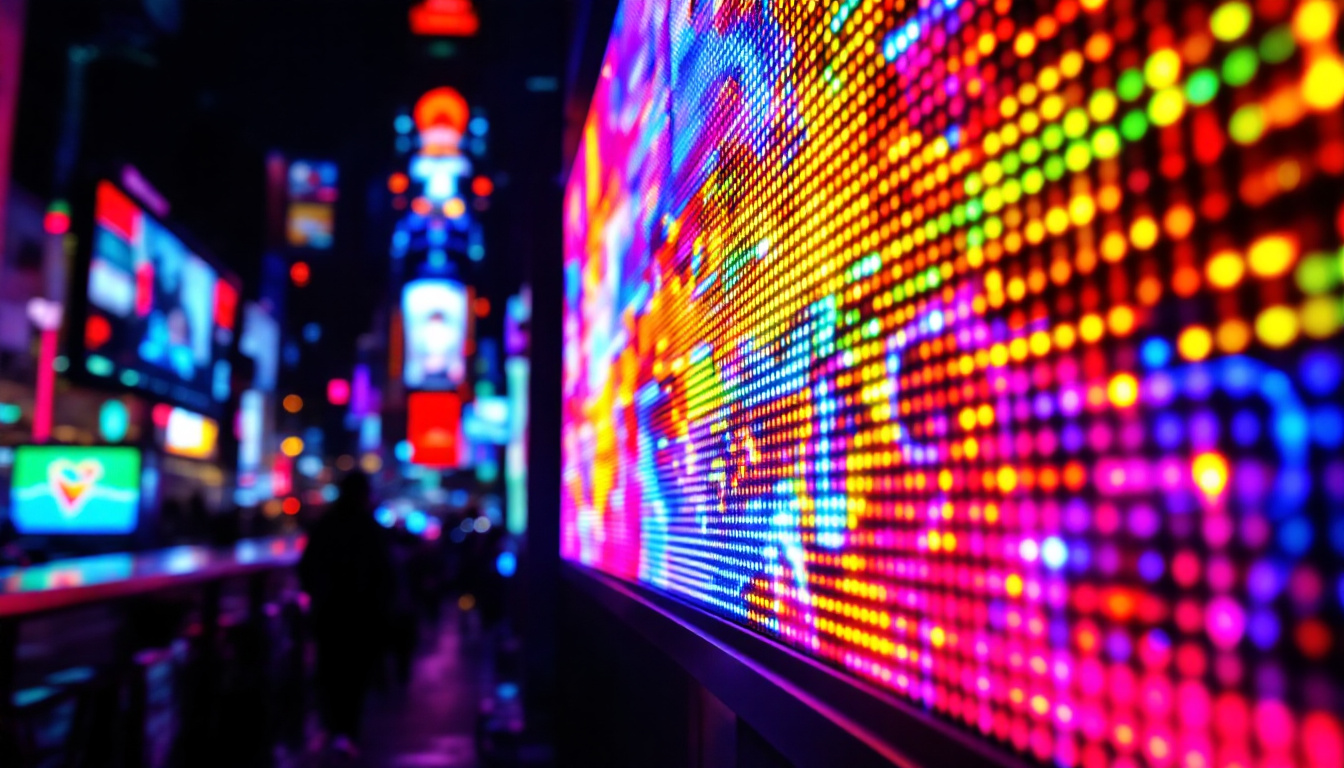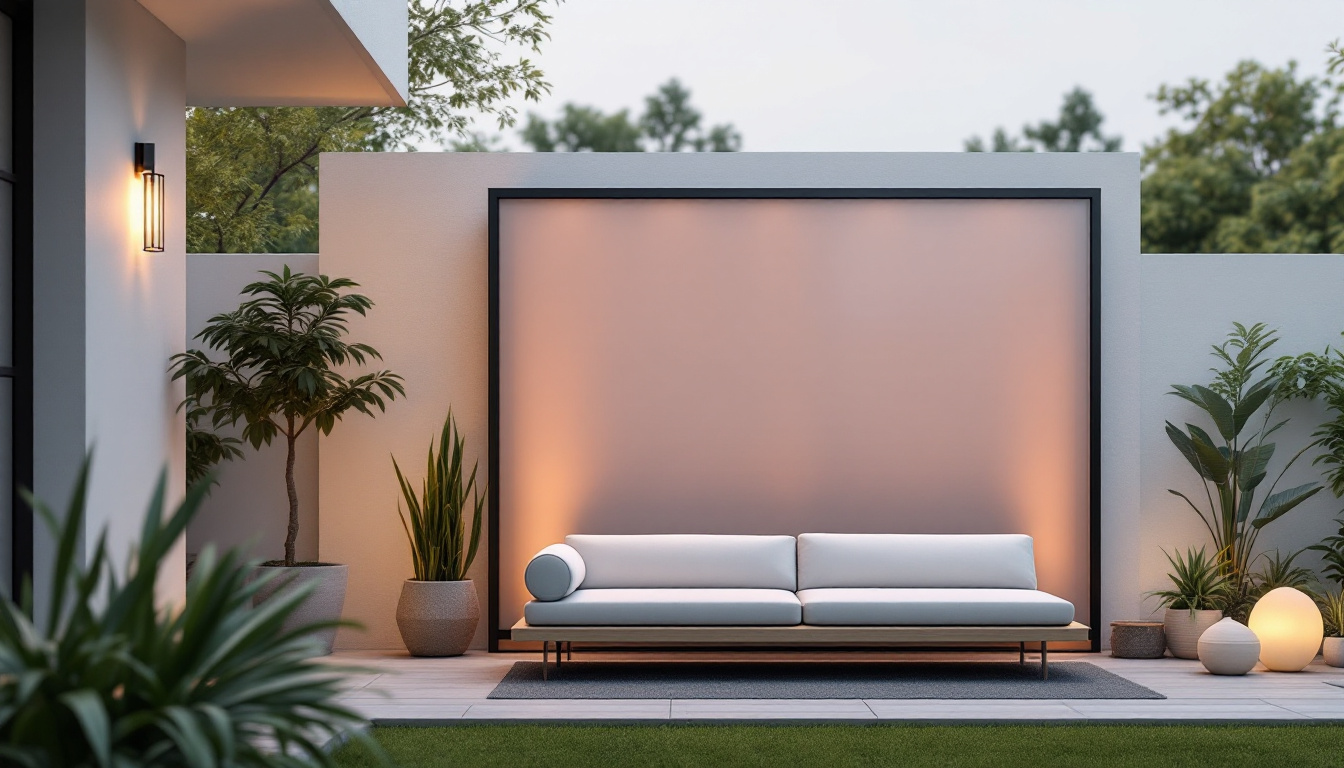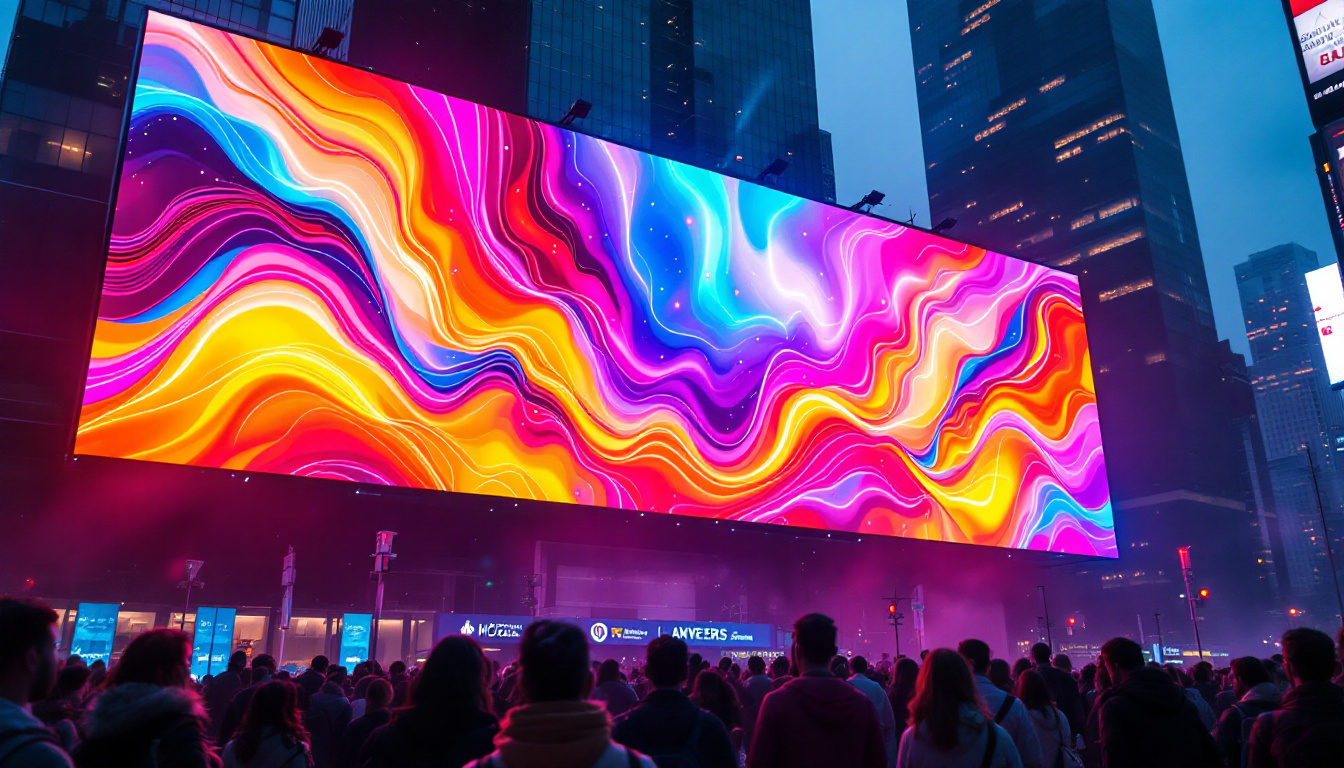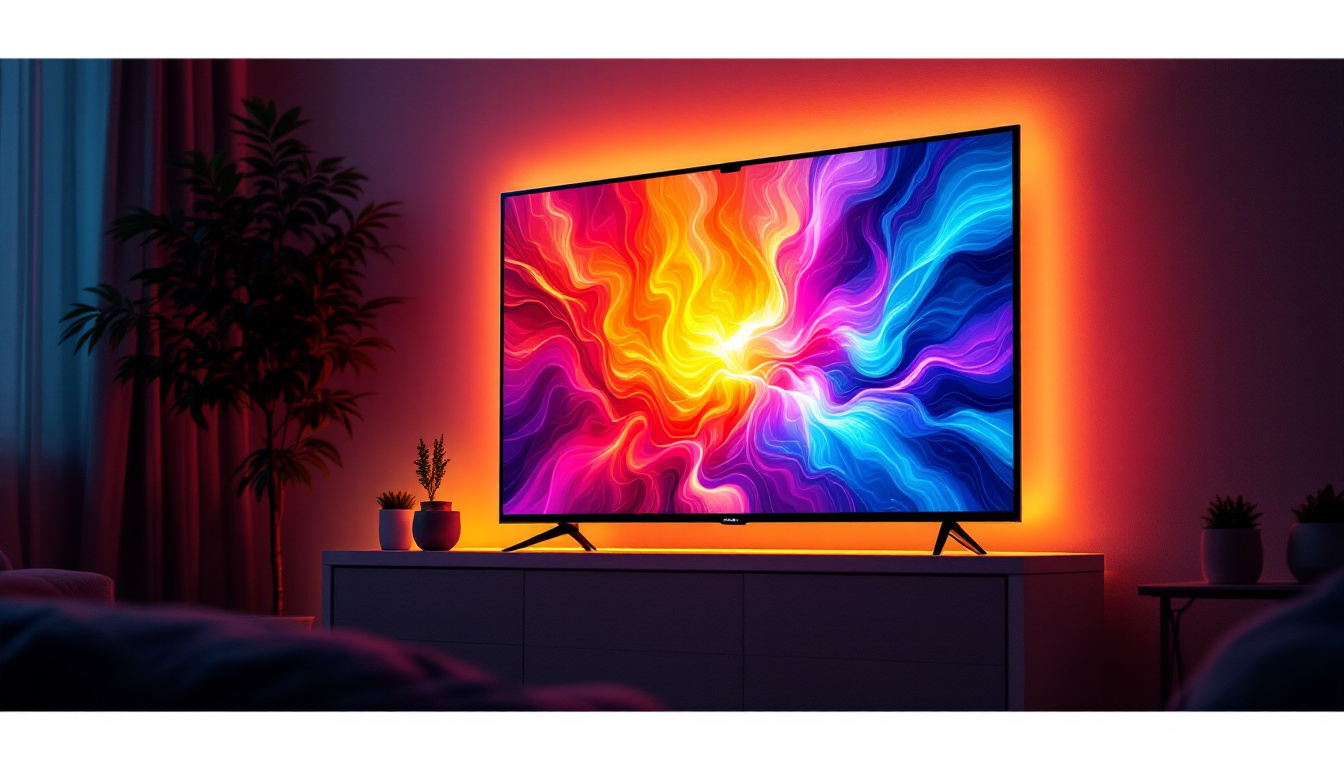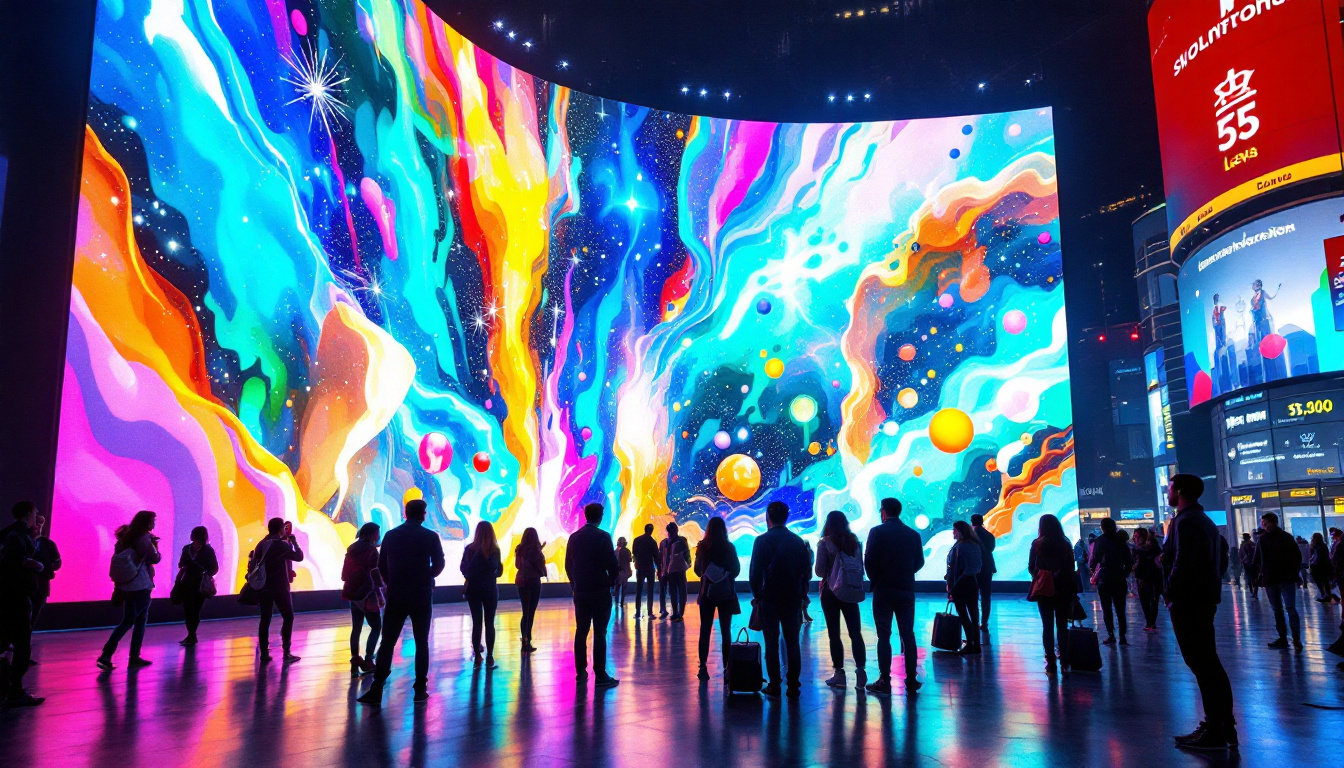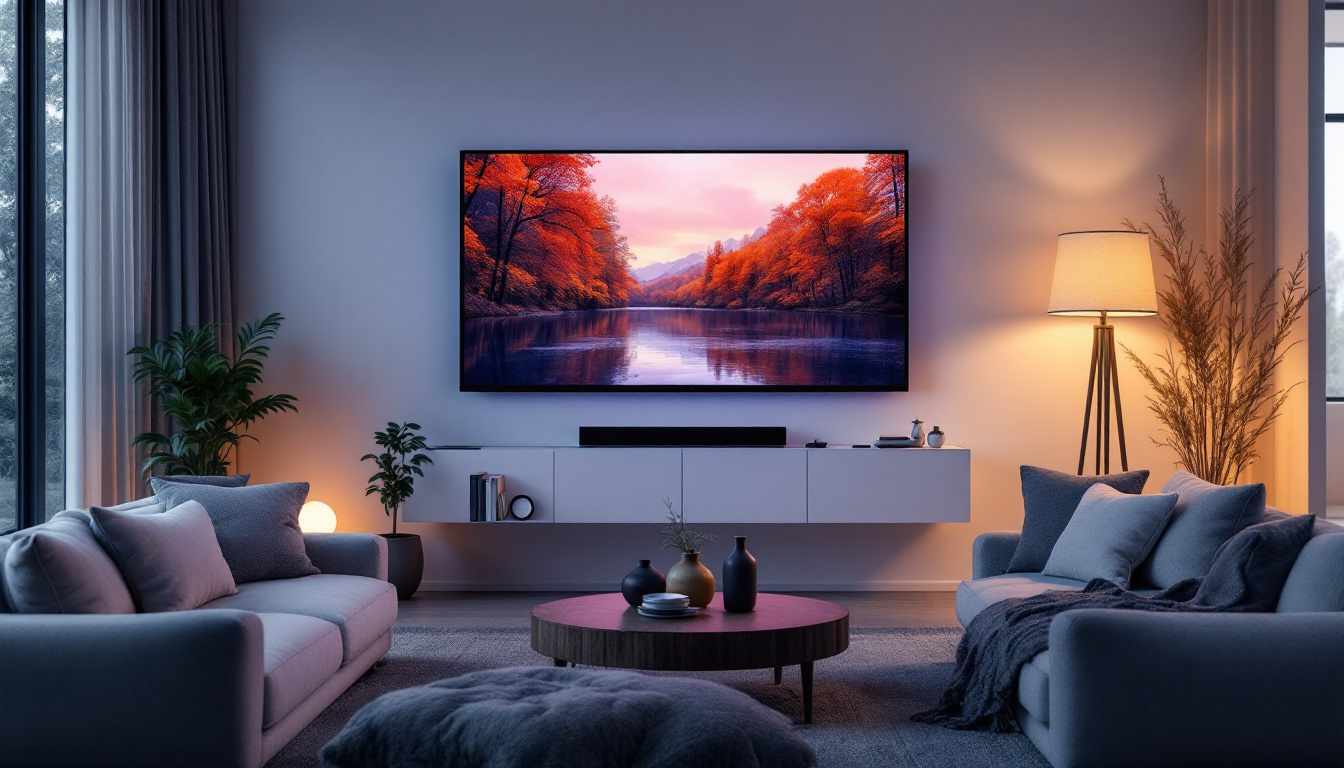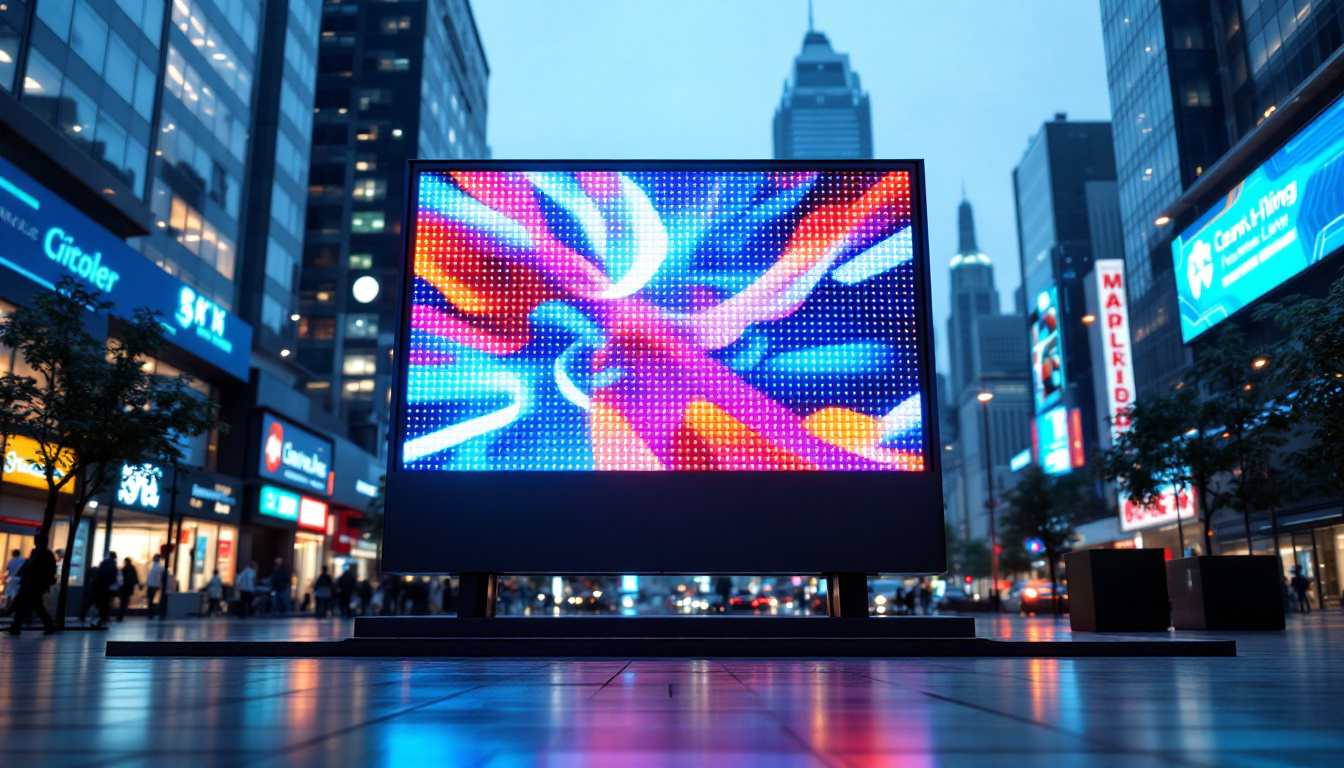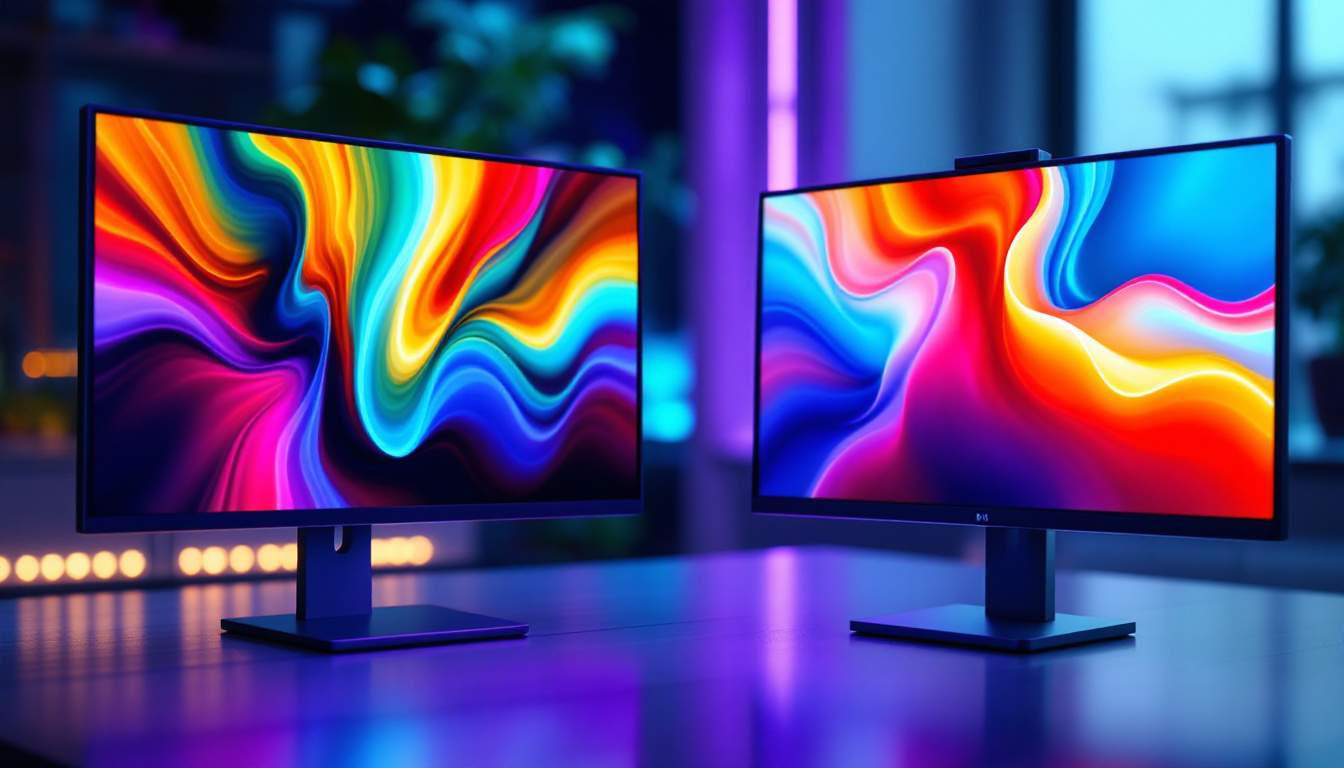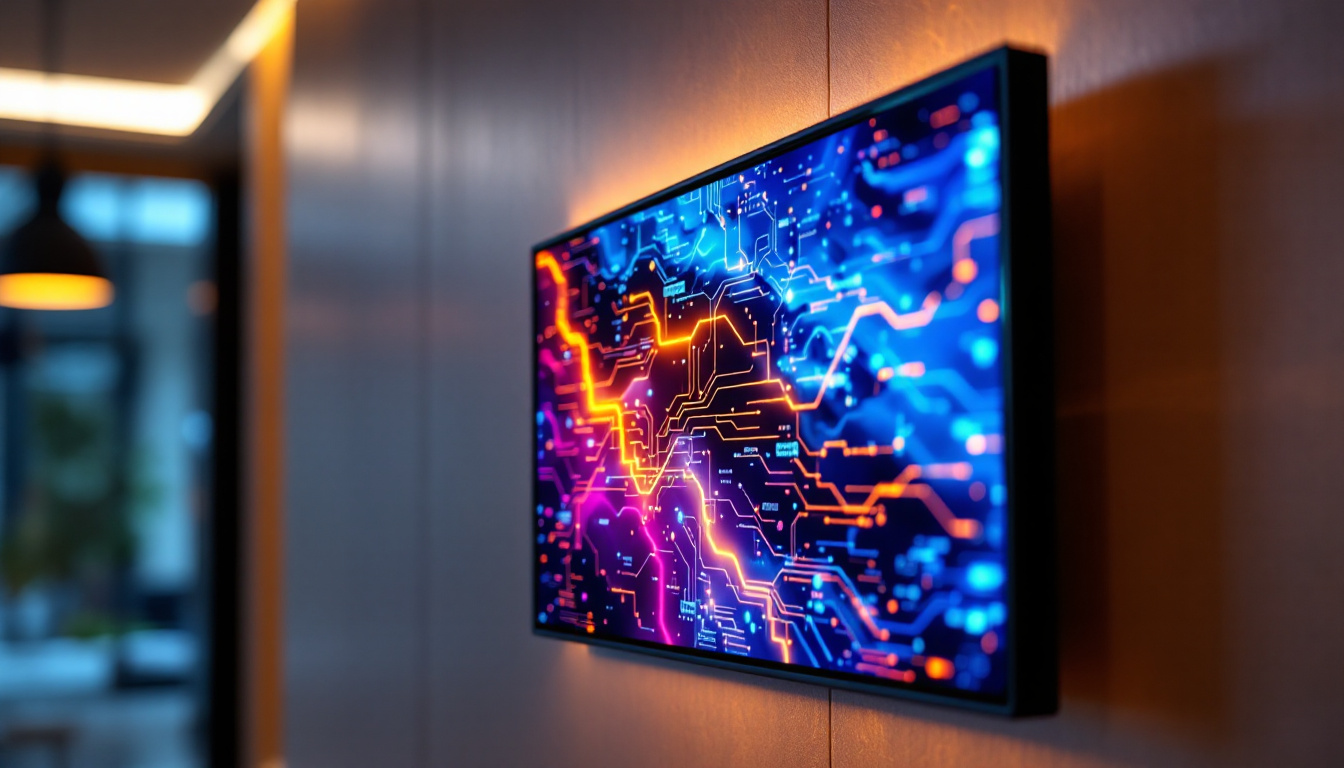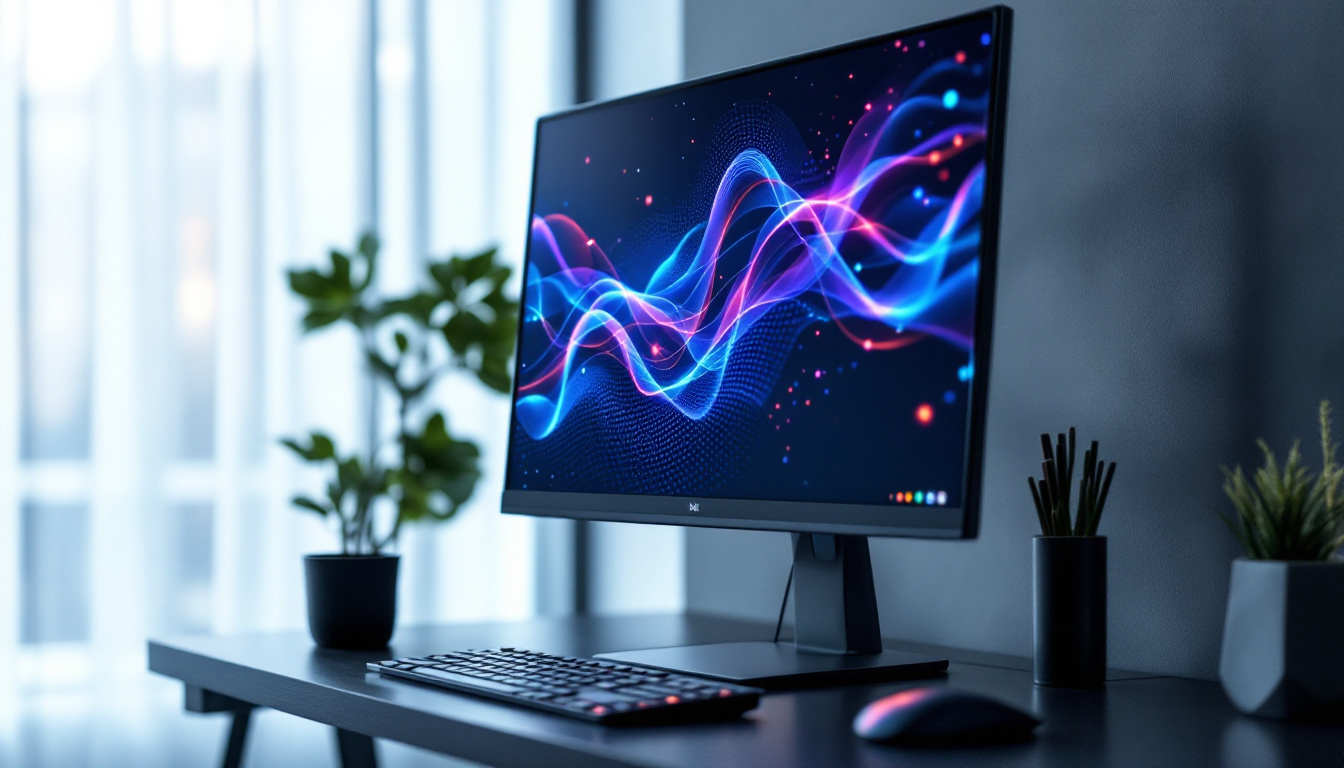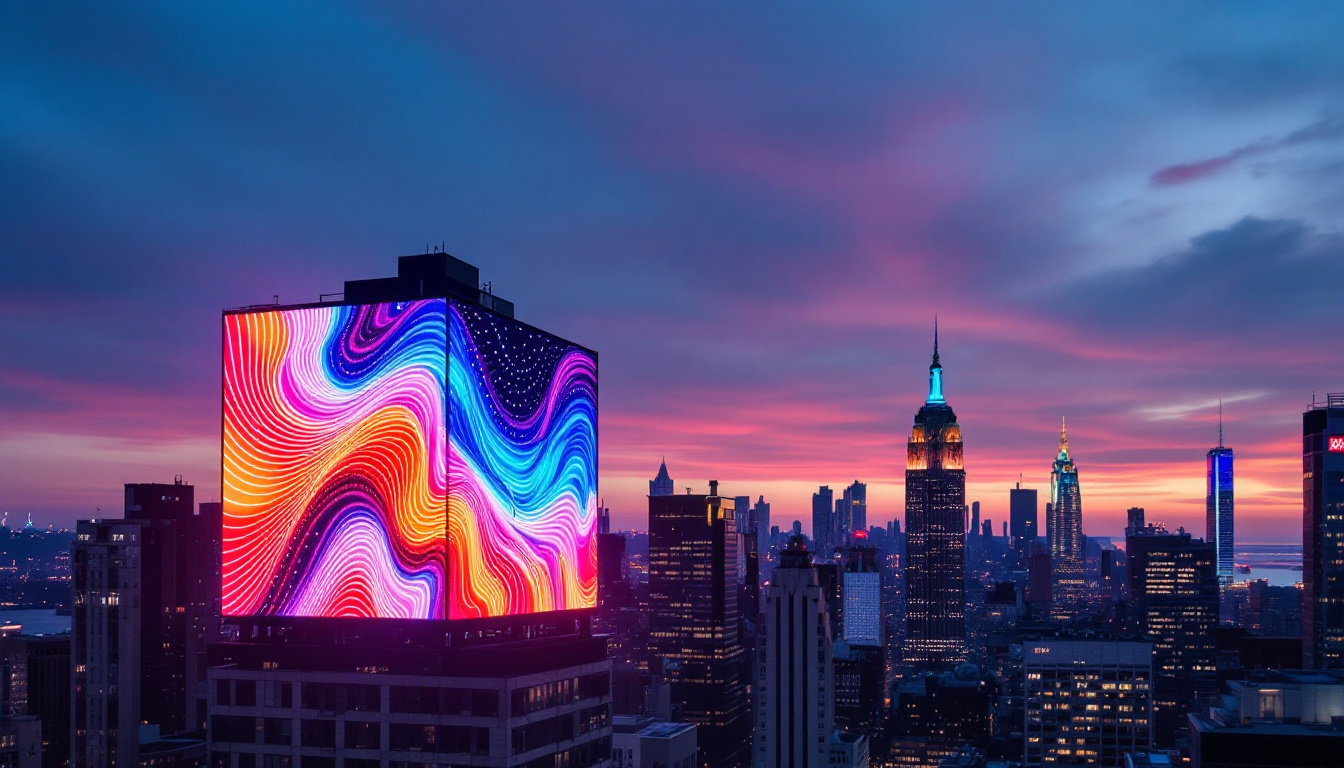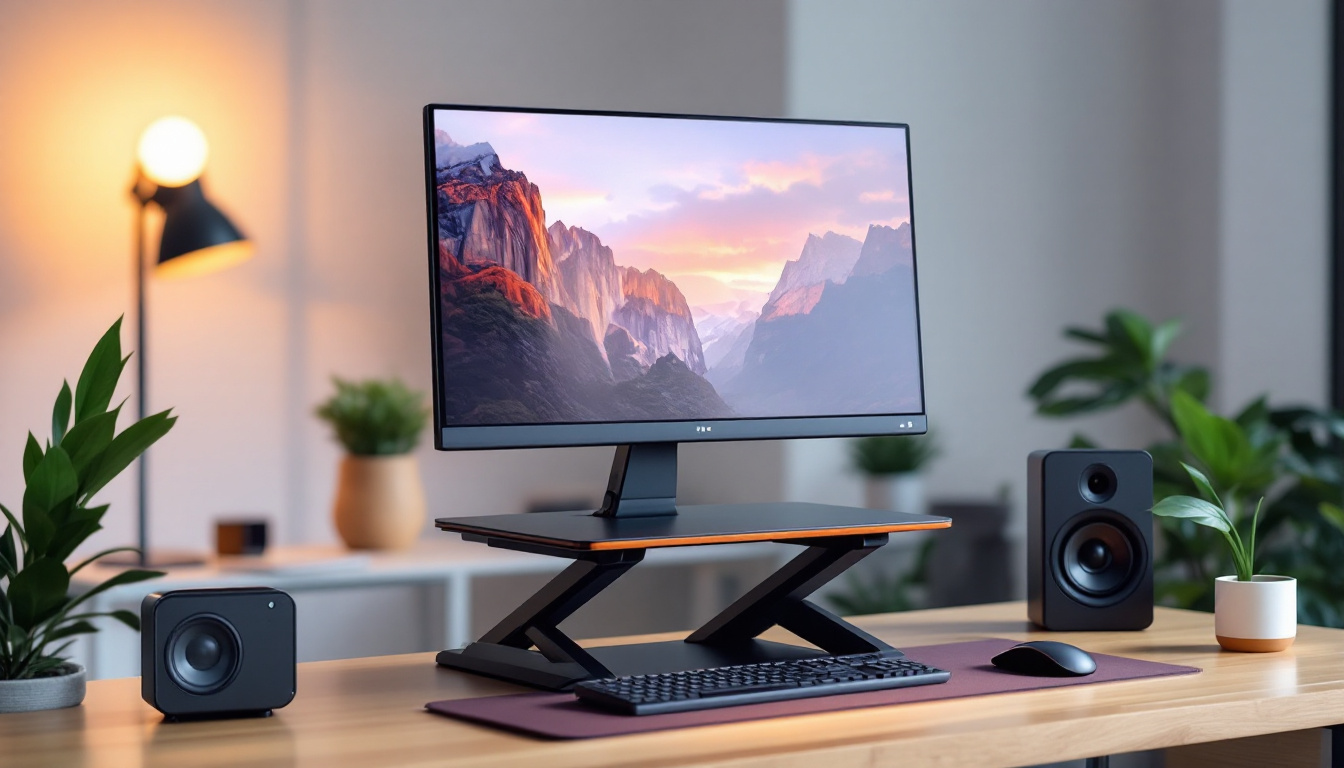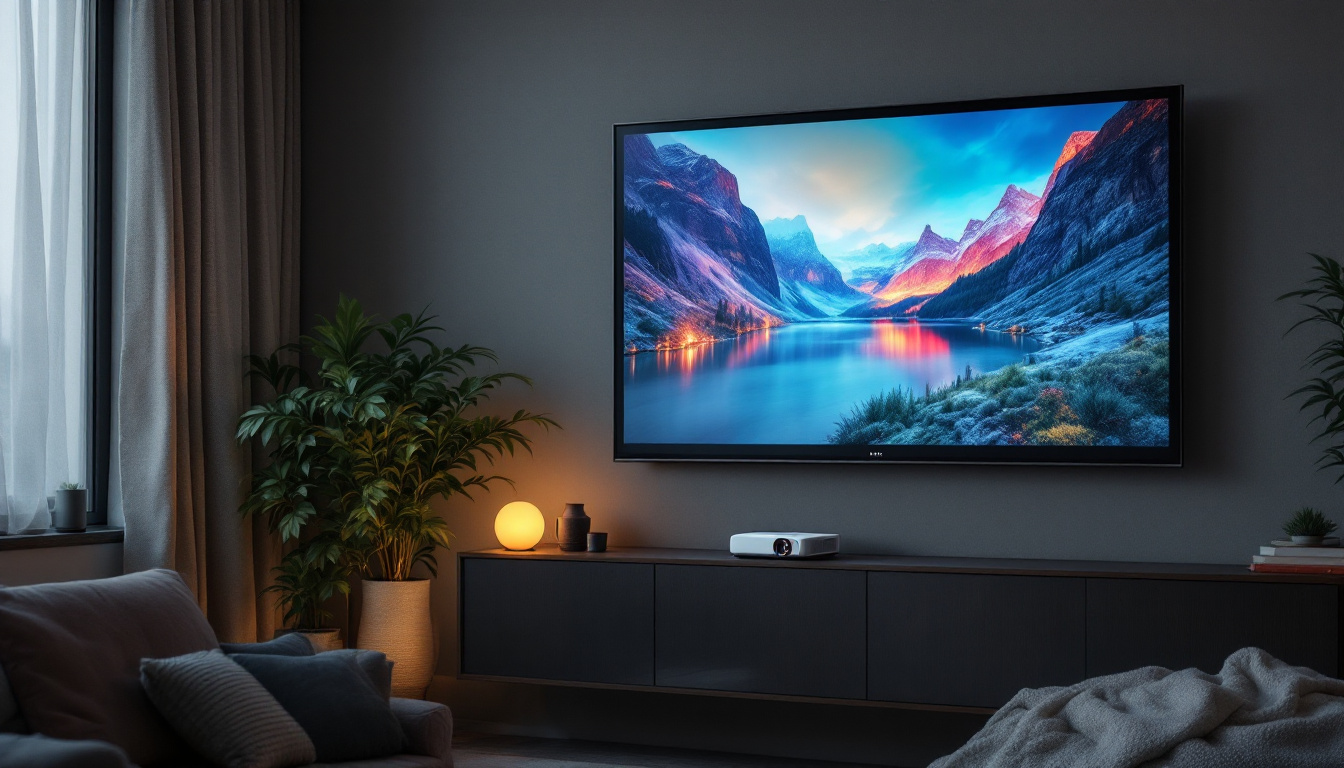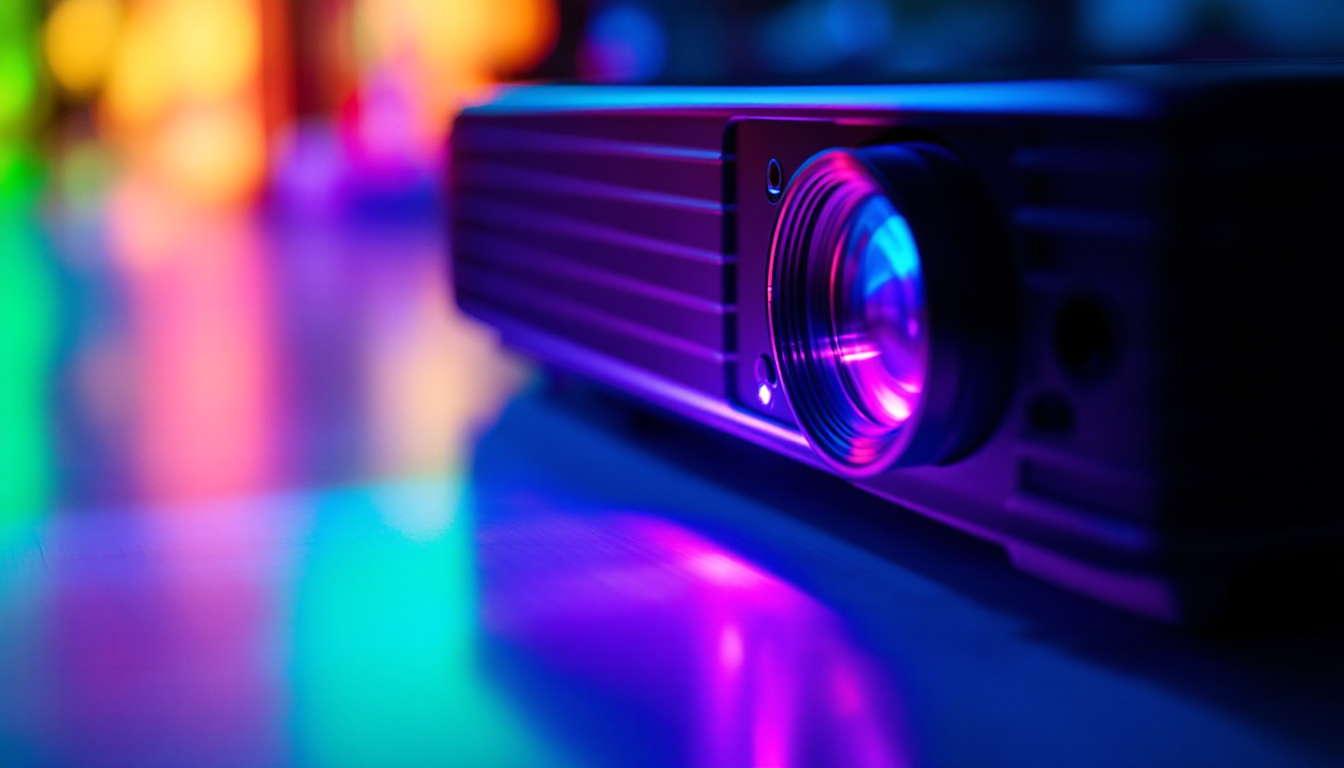In the realm of digital displays, understanding pixel pitch and its implications on viewing distance is crucial for achieving optimal visual experiences. As LED technology continues to evolve, professionals in various industries must grasp how pixel pitch affects image clarity, detail, and overall viewing comfort. This article delves into the intricacies of pixel pitch and the relationship between pixel density and viewing distance, providing insights for anyone involved in the design, installation, or utilization of LED displays.
What is Pixel Pitch?
Pixel pitch is a fundamental concept in the world of LED displays, referring to the distance between the centers of two adjacent pixels, typically measured in millimeters. This measurement directly influences the resolution and clarity of the display. A smaller pixel pitch indicates a higher pixel density, which can result in sharper images and finer details. Conversely, a larger pixel pitch means lower pixel density, which can lead to a more noticeable pixelation effect when viewed up close.
Understanding Pixel Density
Pixel density, often expressed in pixels per inch (PPI), is a key factor in determining how well an LED display can render images. Higher pixel density allows for more pixels to fit within a given area, enhancing the display’s ability to show intricate details. For instance, a display with a pixel pitch of 1.5mm will have a significantly higher pixel density than one with a 5mm pixel pitch, making it more suitable for applications requiring high-resolution visuals, such as digital signage or video walls in retail environments. Additionally, the advancements in LED technology have led to the development of ultra-high-definition displays, where pixel pitches can be as small as 0.9mm, allowing for an even more immersive viewing experience that captivates audiences with vibrant colors and lifelike imagery.
The Role of Viewing Distance
Viewing distance plays a critical role in how an audience perceives an LED display. The optimal distance for viewing an LED screen is often determined by its pixel pitch. As a general rule, the viewing distance should be at least 1.5 to 2.5 times the pixel pitch. For example, a display with a pixel pitch of 2mm is best viewed from a distance of 3 to 5 meters. This guideline helps ensure that viewers can appreciate the image quality without noticing individual pixels, which can detract from the overall experience. Moreover, understanding the viewing environment is essential; for instance, in a crowded venue where viewers might be moving around, a smaller pixel pitch can provide a more consistent viewing experience from various angles. This adaptability is crucial for installations in places like stadiums or concert halls, where audience members may not always be seated directly in front of the display.
Calculating Optimal Viewing Distance
Determining the optimal viewing distance for an LED display involves understanding the relationship between pixel pitch and viewer perception. When calculating this distance, several factors come into play, including the display’s resolution, the intended use, and the audience’s visual acuity.
General Guidelines for Viewing Distance
As a rule of thumb, the following guidelines can be used to calculate the optimal viewing distance based on pixel pitch:
- For a pixel pitch of 1.5mm, the ideal viewing distance is approximately 2.5 to 3.5 meters.
- A pixel pitch of 2mm is best viewed from about 3 to 5 meters.
- For a 3mm pixel pitch, the optimal distance increases to around 4 to 6 meters.
- Displays with a pixel pitch of 5mm should be viewed from a distance of 6 to 10 meters.
These guidelines serve as a starting point; however, the specific application and viewer preferences may necessitate adjustments. For instance, in environments where viewers are likely to be closer to the display, such as in retail settings or control rooms, a smaller pixel pitch is advisable to maintain image quality. Additionally, the size of the display itself can influence the perceived optimal distance; larger screens may require viewers to step back further to fully appreciate the content without distortion.
Factors Affecting Viewing Distance
While pixel pitch is a crucial determinant of viewing distance, several other factors can influence this relationship:
- Content Type: The nature of the content displayed can dictate the necessary resolution. High-detail graphics or videos may require closer viewing distances compared to simpler text-based information.
- Ambient Lighting: The lighting conditions in the environment can affect how viewers perceive the display. In bright settings, viewers may need to stand further back to avoid glare and ensure comfortable viewing.
- Viewer Acuity: Individual differences in visual acuity can also play a role. Some viewers may be more sensitive to pixelation and may prefer to stand further away from the screen.
Another important consideration is the angle of viewing. The optimal distance can vary depending on whether viewers are positioned directly in front of the display or at an angle. Displays with a wide viewing angle can maintain image quality from various positions, while others may suffer from color distortion or reduced brightness when viewed off-axis. This is particularly relevant in large venues or auditoriums where audience members may be seated at varying distances and angles from the screen.
Furthermore, the technology used in the LED display itself can impact the viewing experience. For example, newer models may incorporate advanced pixel management techniques that enhance clarity and reduce the visibility of pixels, allowing viewers to stand closer without sacrificing image quality. This advancement can be particularly beneficial in dynamic environments such as sports arenas or concert venues, where quick movements and vibrant visuals are essential for audience engagement.
Impact of Pixel Pitch on Image Quality
The pixel pitch of an LED display has a direct impact on image quality, influencing both clarity and color accuracy. Understanding this relationship is essential for selecting the right display for specific applications.
Clarity and Detail
Displays with smaller pixel pitches provide greater clarity and detail, making them ideal for applications where fine visuals are paramount. This is particularly important in environments such as:
- Broadcast Studios: high-resolution displays are essential for live broadcasts, where clarity is critical for both on-screen talent and viewers at home.
- Art Galleries: In settings where artwork is displayed, high pixel density ensures that intricate details are preserved, allowing viewers to appreciate the artwork fully.
- Control Rooms: In situations where data visualization is key, such as in security or monitoring operations, high-resolution displays help operators make informed decisions quickly.
Moreover, the importance of pixel pitch extends beyond just the environments mentioned. In educational settings, for instance, smaller pixel pitches can enhance the learning experience by providing students with clear and detailed visuals that aid in comprehension. Similarly, in retail spaces, high-definition displays can attract customers by showcasing products in stunning detail, thus driving sales and engagement. The versatility of smaller pixel pitches makes them a valuable asset across various industries, ensuring that the intended message is communicated effectively.
Color Accuracy
Color accuracy is another critical aspect influenced by pixel pitch. Smaller pixel pitches often allow for better color reproduction, as they can accommodate more LEDs within a smaller area, resulting in richer and more vibrant colors. This is particularly important in:
- Advertising: Advertisements displayed on LED screens must capture attention with vivid colors and sharp details to effectively convey messages.
- Events and Concerts: For live performances, high-quality visuals enhance the overall experience for attendees, making color accuracy essential.
In addition to these applications, the significance of color accuracy is also evident in the realm of digital signage. Businesses rely on accurate color representation to maintain brand integrity and ensure that their messaging resonates with audiences. Furthermore, in the film and gaming industries, where immersive experiences are paramount, the ability to reproduce colors faithfully can significantly impact viewer engagement. As technology continues to evolve, the demand for displays with superior pixel pitch will likely increase, pushing the boundaries of what is possible in visual communication.
Choosing the Right Pixel Pitch for Your Application
Selecting the appropriate pixel pitch for an LED display is a critical decision that can significantly impact the effectiveness of the display in its intended application. Several factors should be considered when making this choice.
Application Requirements
Understanding the specific requirements of the application is essential. For example, a retail environment may prioritize high-resolution displays to showcase products effectively, while a large outdoor advertising billboard may require a larger pixel pitch to ensure visibility from a distance.
Budget Considerations
Budget constraints can also influence the choice of pixel pitch. Smaller pixel pitches generally come with a higher price tag due to the increased number of LEDs and more complex technology involved. It’s important to balance the need for high resolution with available budgetary resources, ensuring that the chosen display meets both performance and financial requirements.
Future-Proofing Your Investment
When selecting an LED display, considering future needs is crucial. As technology evolves and content demands increase, opting for a smaller pixel pitch may provide longevity and adaptability. This foresight can prevent the need for frequent upgrades, ultimately saving costs in the long run.
Conclusion
Understanding pixel pitch and its relationship with viewing distance is vital for anyone involved in the design, installation, or utilization of LED displays. By grasping the nuances of pixel density, clarity, and color accuracy, professionals can make informed decisions that enhance the visual experience for audiences across various applications.
As LED technology continues to advance, staying informed about these concepts will empower stakeholders to select the right displays for their needs, ensuring that they deliver exceptional visual experiences that captivate and engage viewers. Whether for advertising, events, or control rooms, the right pixel pitch can make all the difference in creating impactful visual communications.
Explore Cutting-Edge LED Solutions with LumenMatrix
Ready to elevate your visual displays to the next level? Discover LumenMatrix’s innovative range of LED solutions tailored to your unique needs. From Indoor and Outdoor LED Wall Displays to specialized options like Vehicle, Sports, and Floor LED Displays, LumenMatrix is at the forefront of transforming environments with captivating and engaging digital signage. Embrace the future of visual communication with our Custom, All-in-One, and Transparent LED Displays designed to make your brand stand out. Check out LumenMatrix LED Display Solutions today and experience the power of advanced LED technology.


